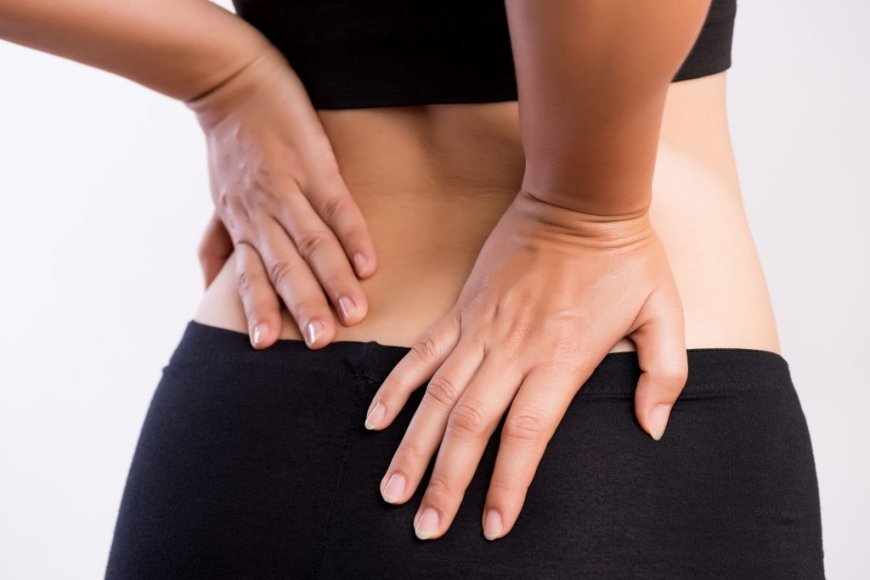Pilonidal Cyst
Pilonidal cysts are small sacs on the skin near the cleft of the buttock. Pilonidal cysts can be uncomfortable and unsightly,

Pilonidal cysts are small sacs on the skin near the cleft of the buttock.
Pilonidal cysts can be uncomfortable and unsightly, but they can be treated. In this article, we'll look at what causes pilonidal cysts, what the symptoms are, and how they can be treated. We'll also offer some tips on how to reduce the risk of developing pilonidal cysts.
What is a Pilonidal Cyst?
A pilonidal cyst is a small sac under the skin, located near the cleft of the buttocks. It starts as a small dimple and can get larger over time. The cyst may contain hair and other debris, which can accumulate and become infected. The cyst may become swollen and tender, and it can cause pain and discomfort.
Symptoms of a Pilonidal Cyst
The most common symptom of a pilonidal cyst is a fleshy lump near the cleft of the buttocks. The lump can be tender and painful to the touch. It may also be red and swollen, and it may ooze pus or blood. The person may also have a fever and experience pain when sitting.
What Causes a Pilonidal Cyst?
The exact cause of a pilonidal cyst is unknown. However, it’s thought that friction from clothing may be a factor. Other factors that may increase the risk of developing a pilonidal cyst include:
• Poor hygiene. Not showering or bathing regularly can make a person more vulnerable to developing a pilonidal cyst.
• Tight clothing. Tight-fitting clothing can increase friction in the area and increase the risk of cysts forming.
• Obesity. Obese individuals are more prone to developing pilonidal cysts due to the increased pressure and friction in the area from the additional weight.
• Low-fiber diet. Foods that are low in fiber can lead to the accumulation of dry, hard stool; this can create an ideal environment for the formation of cysts.
• Sitting for long periods of time. Long bouts of sitting, such as during long car rides or flights, may increase pressure in the area and increase the risk of cysts forming.
How are Pilonidal Cysts Treated?
The treatment of a pilonidal cyst depends on its size and severity. If the cyst is small and free of infection, it can usually be treated with regular self-care. However, if the cyst is large and inflamed, the doctor may recommend surgery. Here are some of the most common treatments for pilonidal cysts:
• Self-care. If the cyst is small and not bothering you, you can treat it at home with self-care. This may involve soaking the area in warm water for 10–15 minutes one to two times per day and cleaning the area with antibacterial soap. You should also keep the area dry and apply a topical antibiotic ointment or cream.
• Surgical drainage. This is used to treat large cysts or ones that are infected. The doctor will open the cyst and drain the fluid, then stitch the skin closed. Depending on the severity of the cyst, they may also remove any debris such as hair.
• Excision. This is used to treat large cysts that are infected or have recurred after surgical drainage. The doctor will remove the cyst and the surrounding tissue. This can help reduce the risk of the cyst coming back.
Tips to Reduce the Risk of Pilonidal Cysts
• Keep the area clean. Clean the area around the buttocks at least once a day. Gently wash the area with mild soap and water. Don’t scrub or use harsh soaps as this could irritate the area.
• Let the area breathe. Wear loose-fitting and breathable clothing, such as cotton underwear. Avoid wearing tight clothing that could increase friction and increase the risk of cysts developing.
• Don’t forget to shower. Not showering or bathing regularly can make the area more vulnerable to developing a pilonidal cyst.
• Stay at a healthy weight. Maintaining a healthy weight can reduce the risk of cysts developing, as being overweight can increase friction in the area.
• Avoid long periods of sitting. If you need to sit for long periods, be sure to get up and walk around periodically to reduce pressure in the area.
Pilonidal cysts can be uncomfortable and unsightly, but they can be treated. Knowing what causes the cysts, as well as what the symptoms are, can help you identify if you have one.
